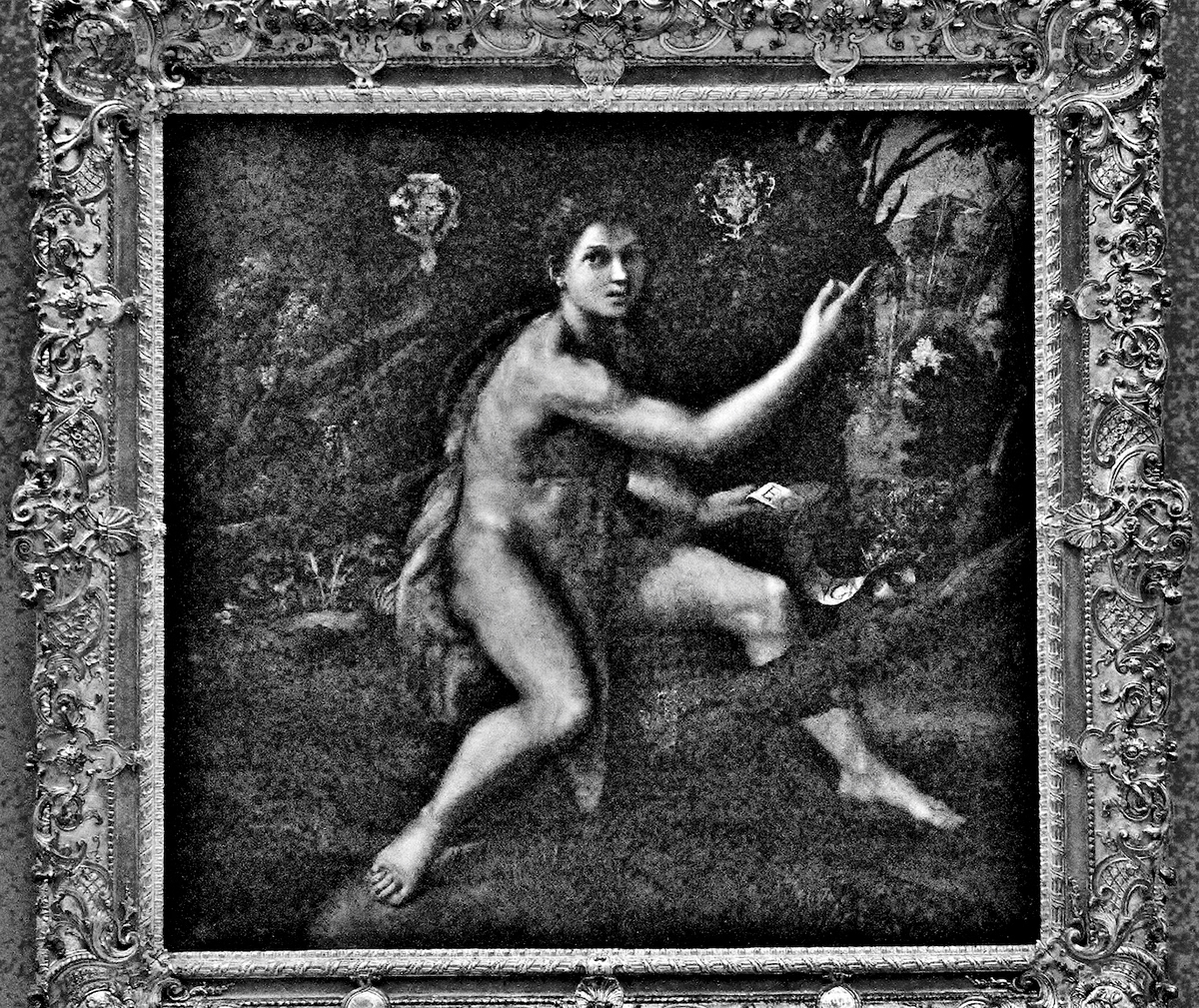
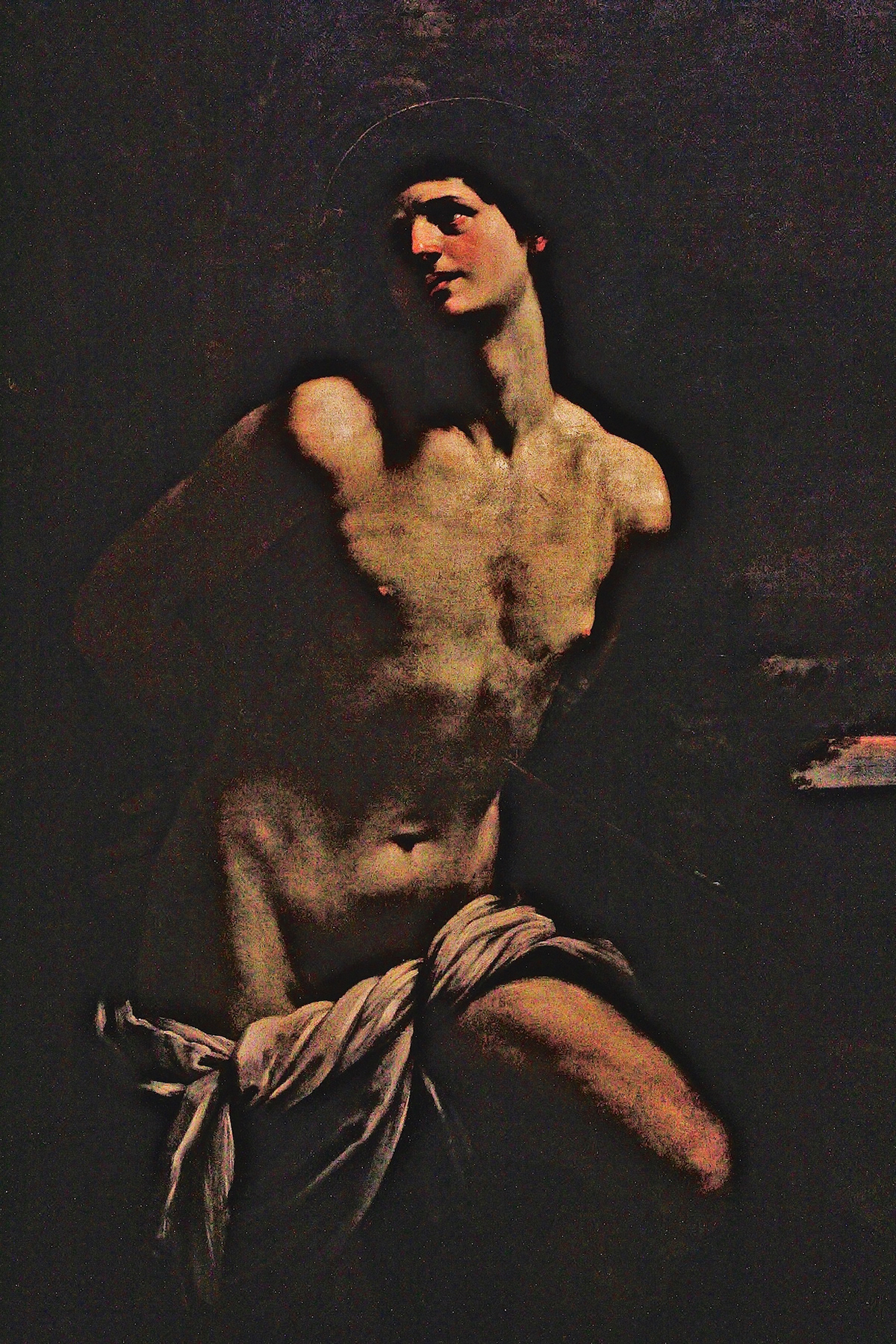
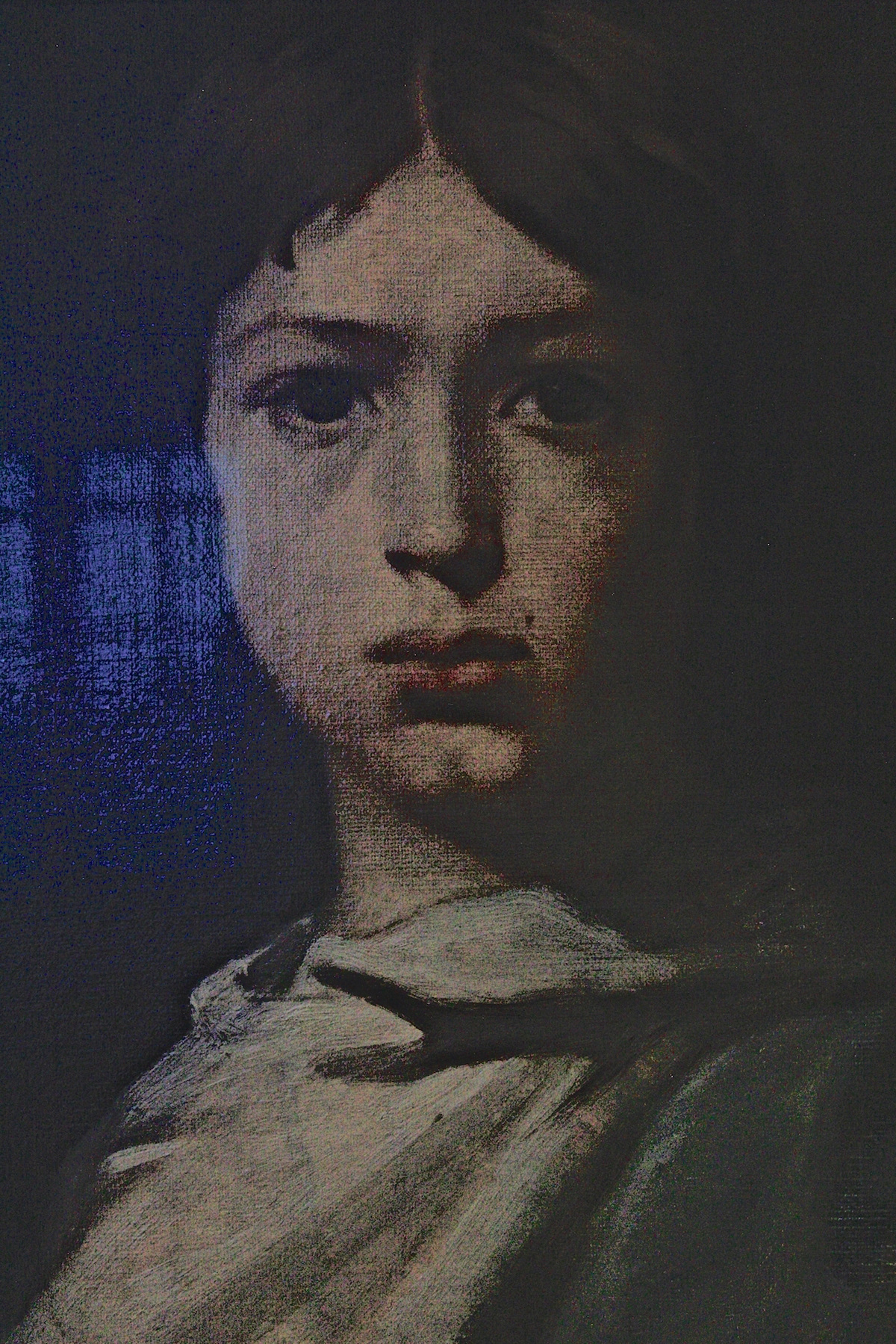
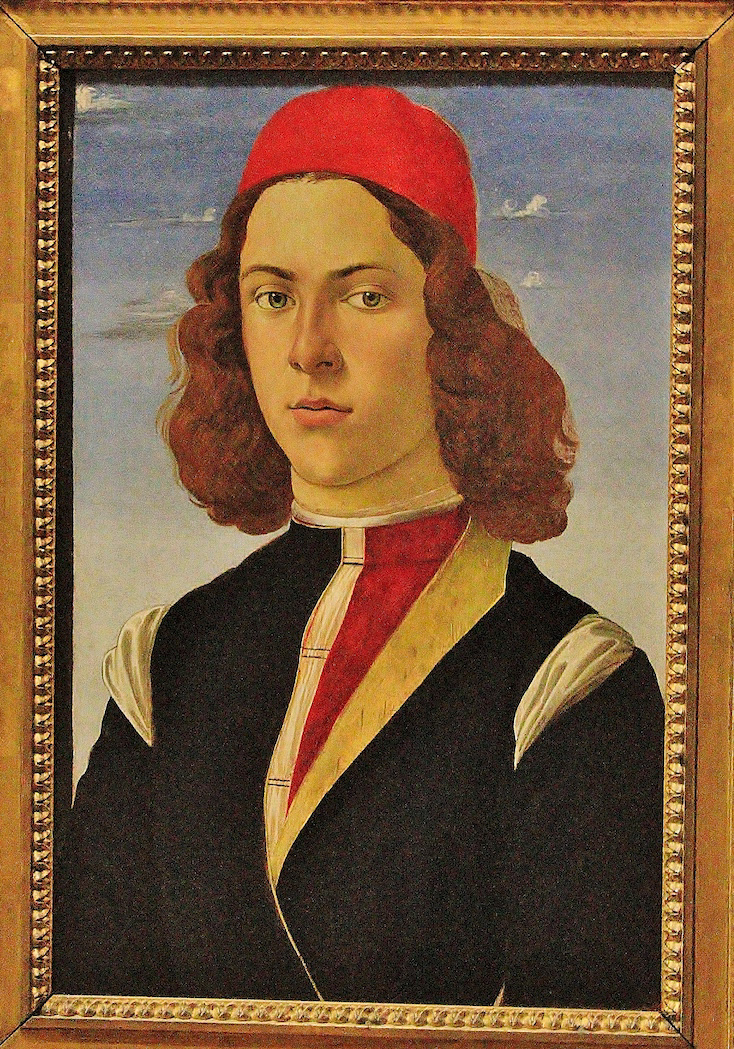
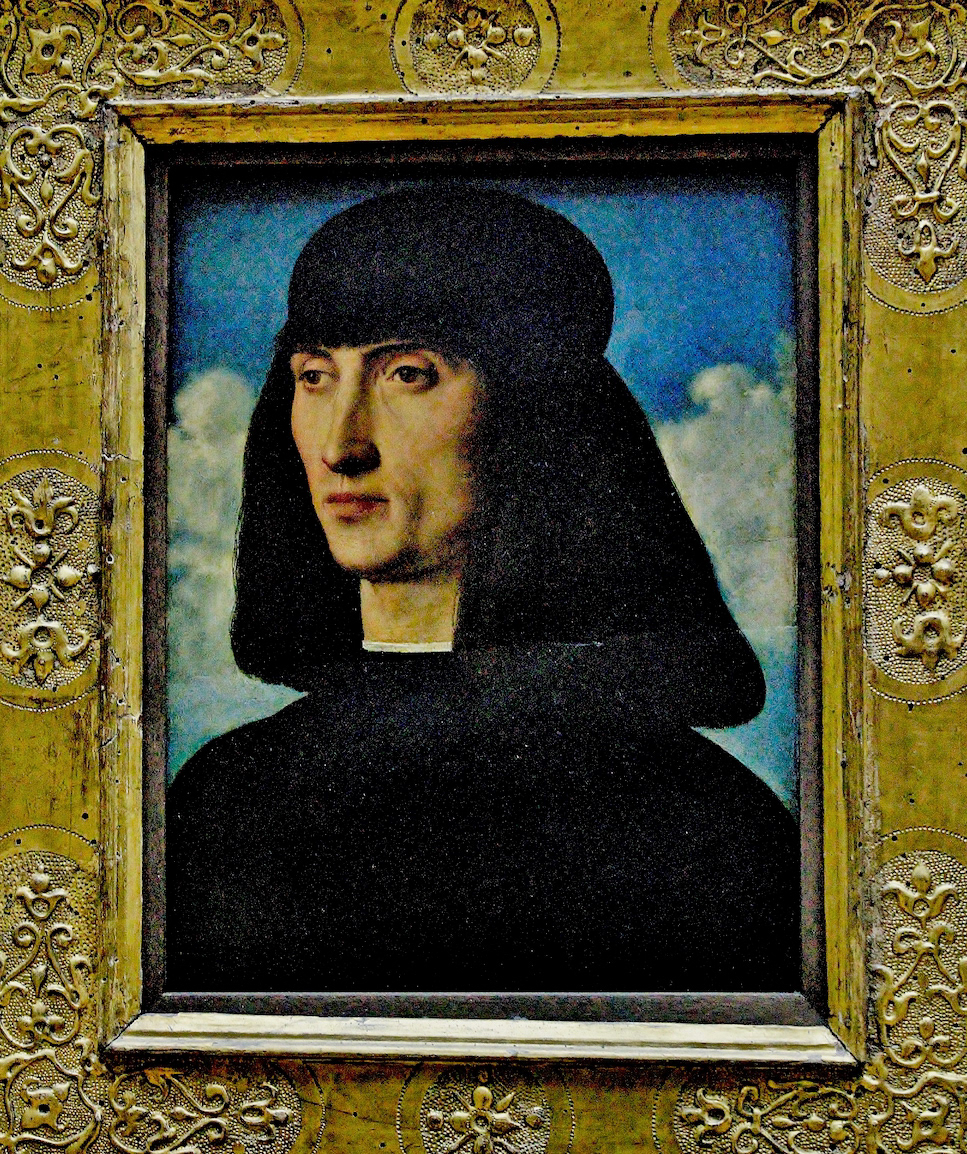
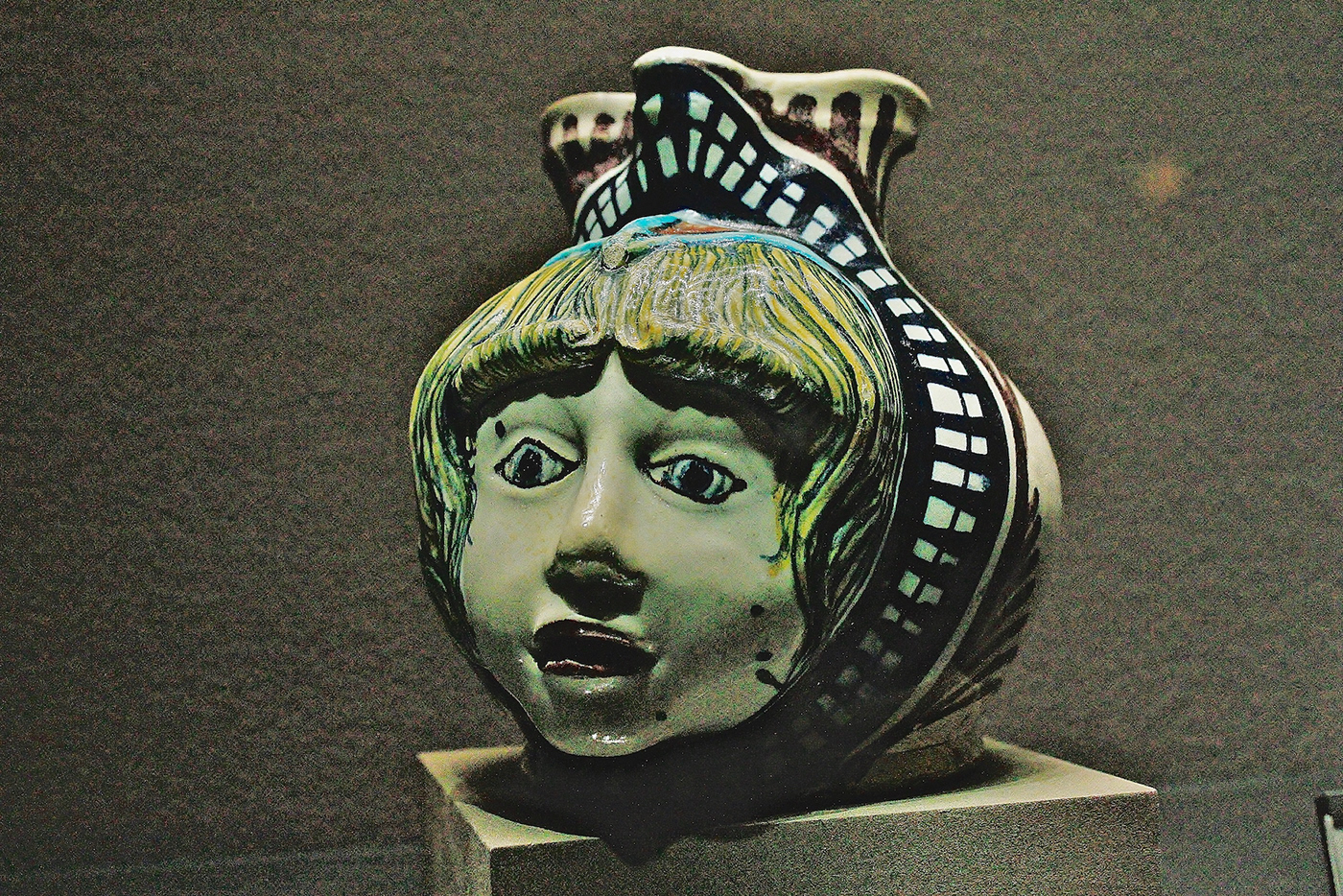
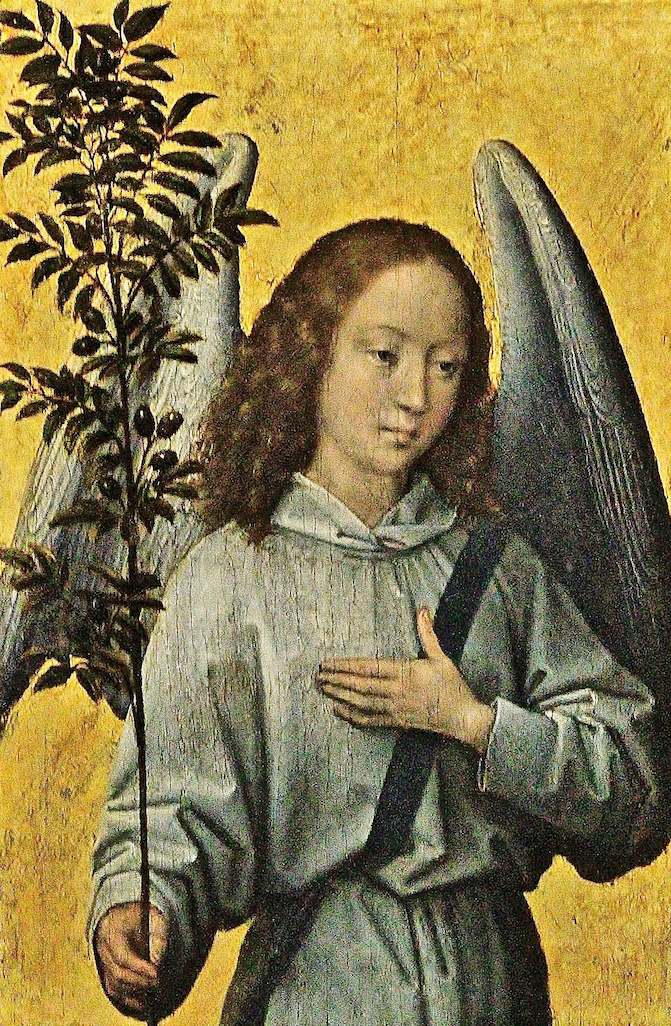
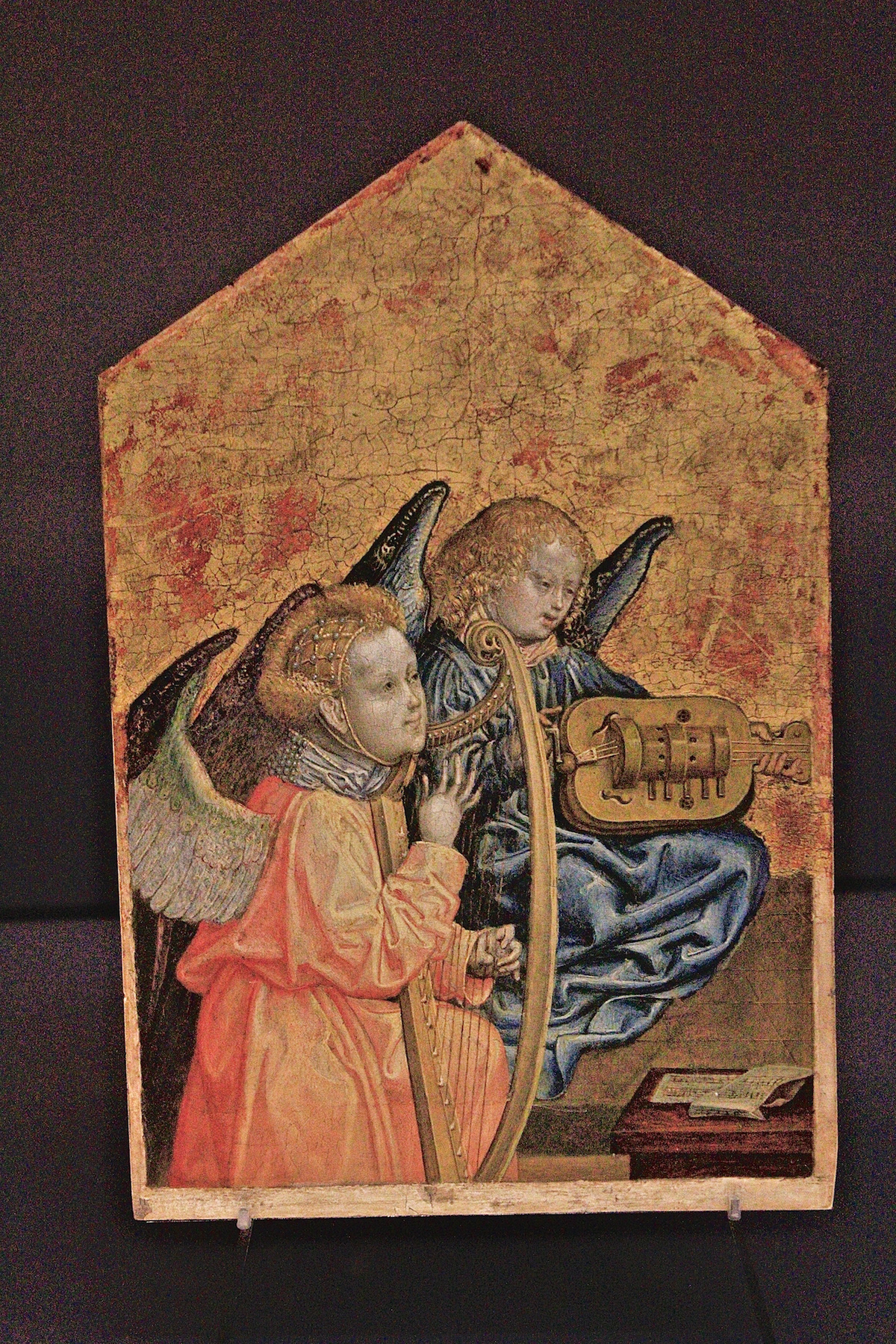




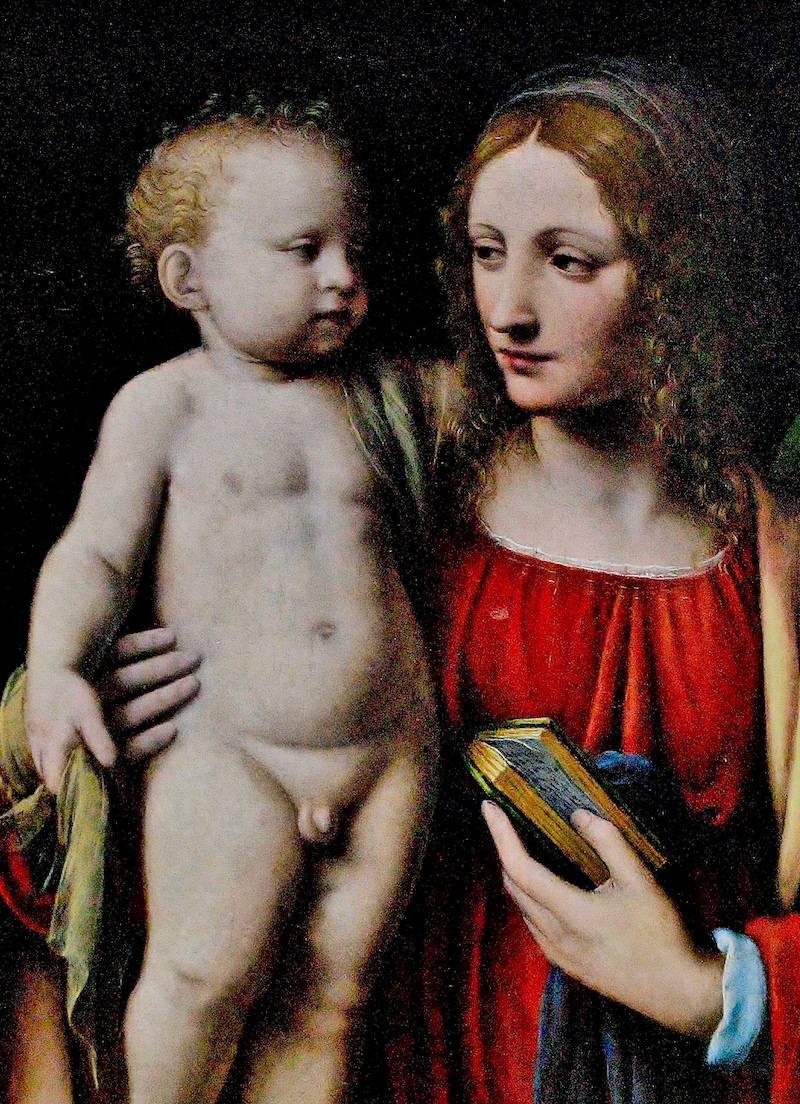
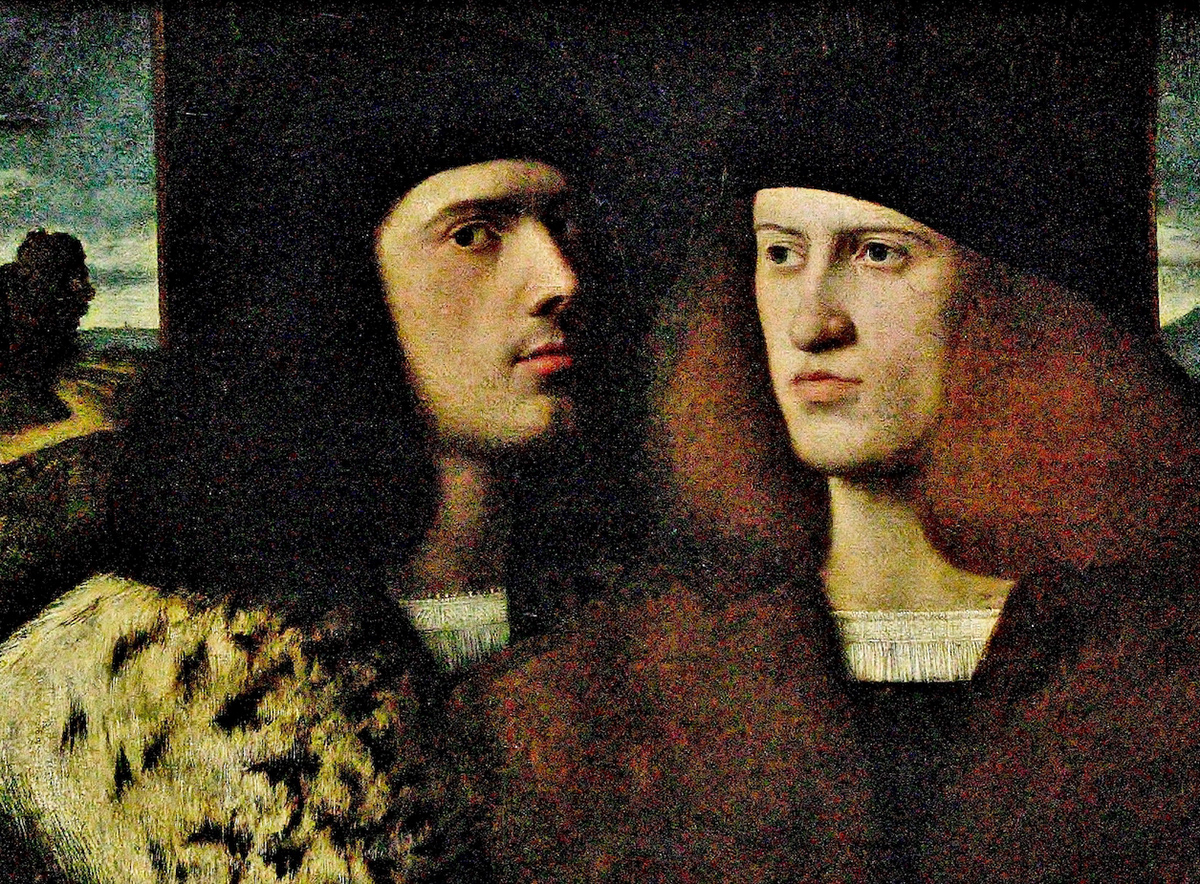

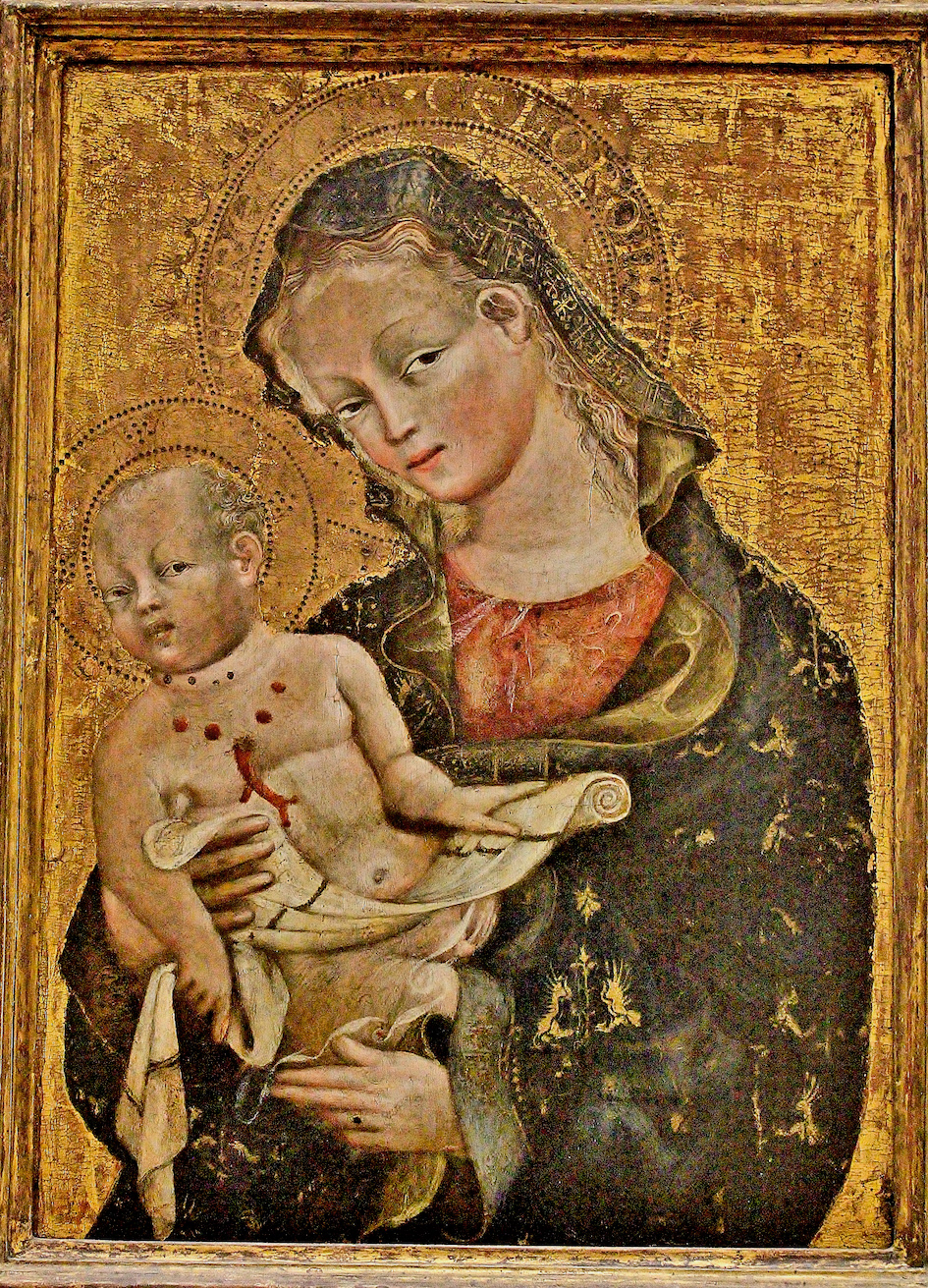
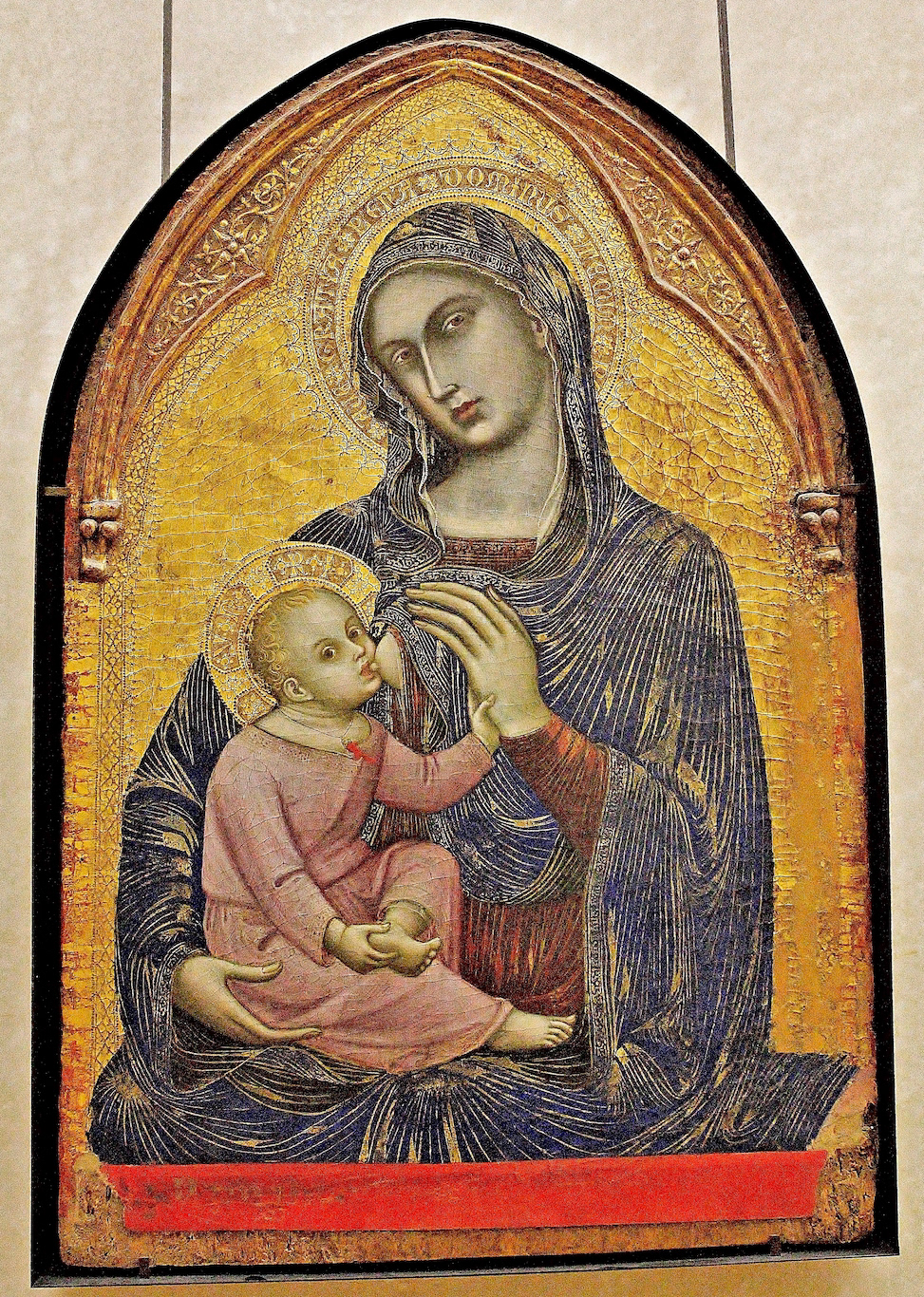

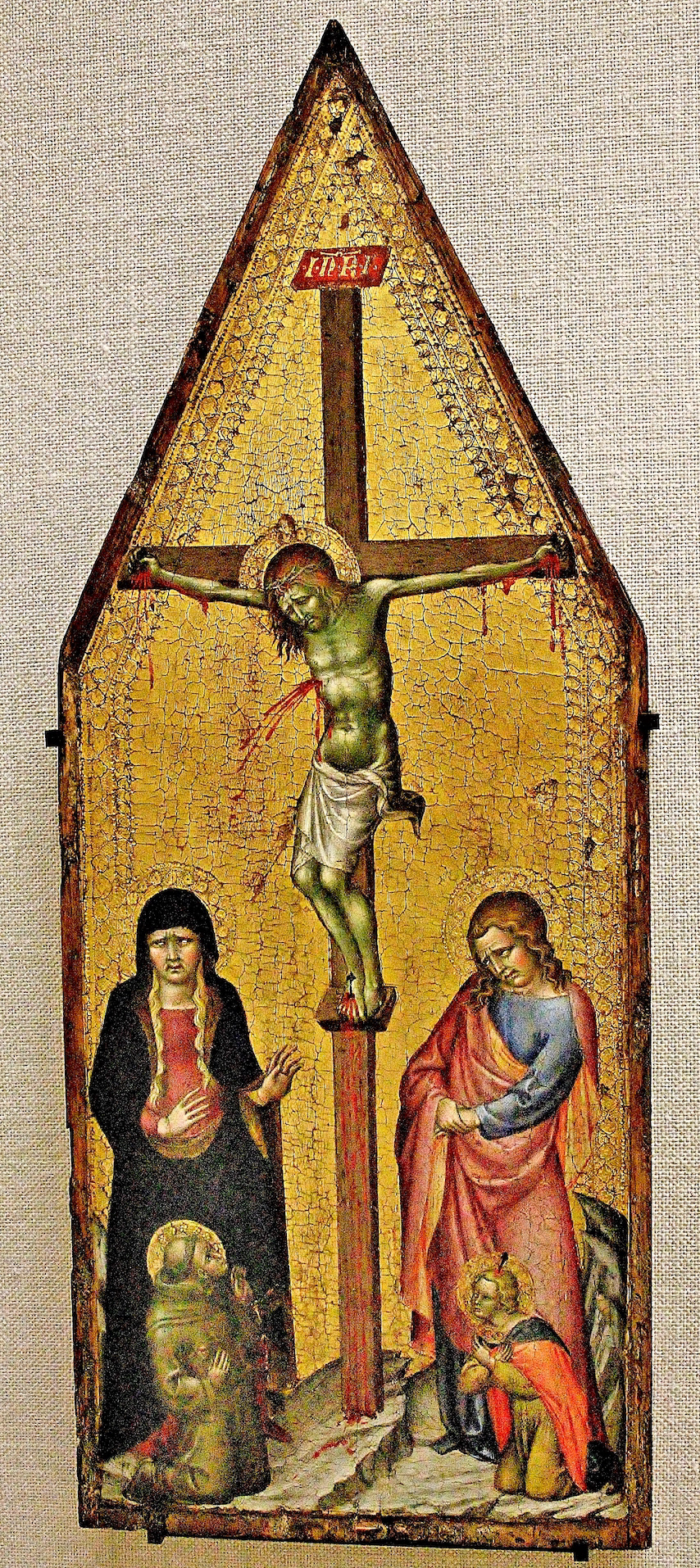

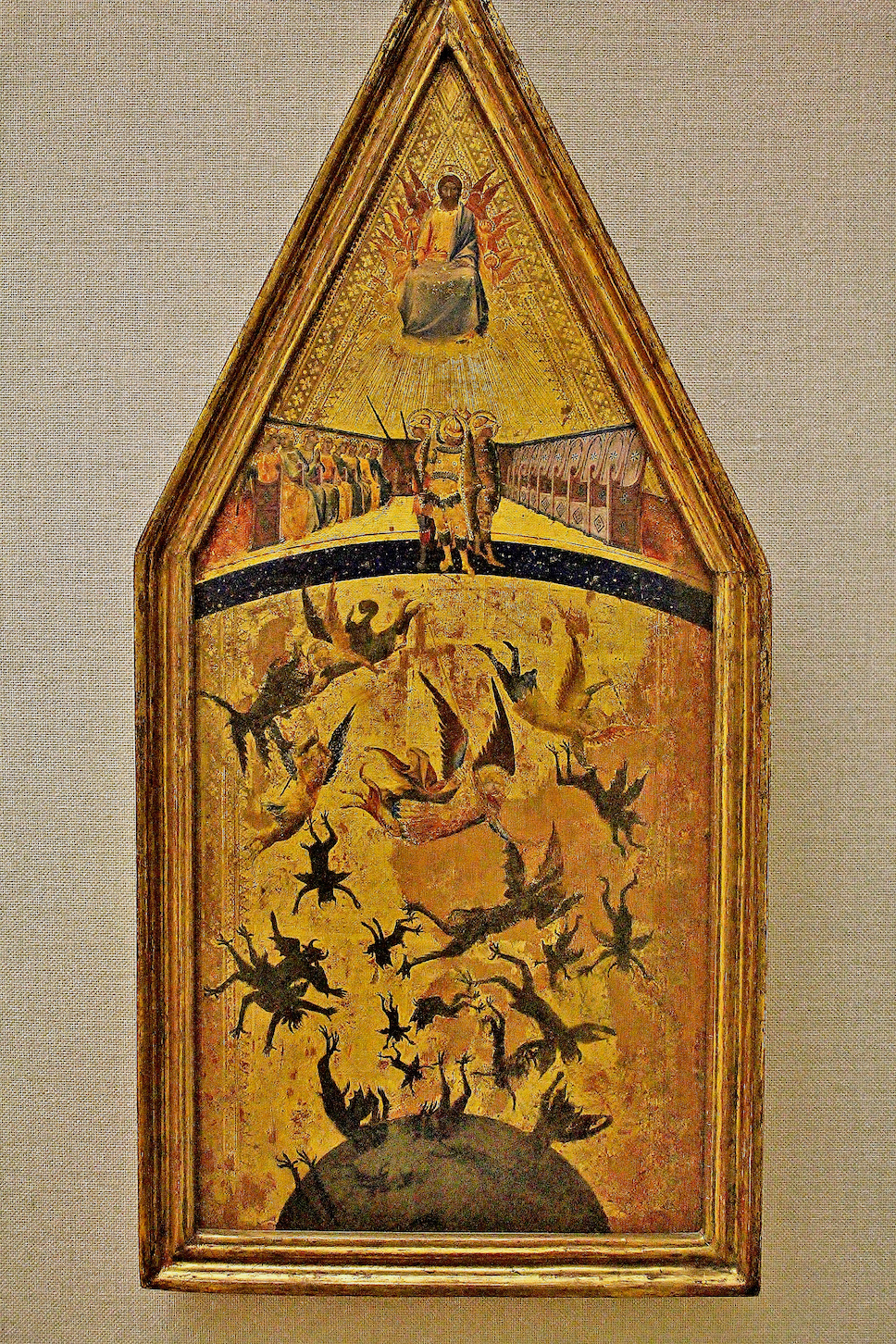
Images produced without manipulation (DSLR Camera, Canon). They are part of a project I undertook while in Paris (January & February 2018), visiting, registering and studying works in museums and churches. After the heydays of the object frame deconstruction (beyond even Kiefer and Beuys, with Oiticica and Clark), one is free to retrieve the paths of immemorial “pilgrimages” (à la Proust). I have other similar projects (also available here) which were realised in other European cities (in Portugal, Poland, the Netherlands, Norway), years before having a chance to step out in Paris, but the quintessence of them all abide there, the ideal place for the (re-)construction of hiérarchives (Derrida, le Moma).
The following principle was always followed: not to have a script. I photographed only what truly affected my senses, without looking for titles and authors, which in the case of more obscure works I (re-)discovered later on, when coming back to the pictures, and some remain till now unknown or unconscious.
Colour, darkness and contrast, as well as texture are important (I want an effect which reveals the forces behind/throughout the image). Not having the most modern model of camera also helps here, because when you use a larger ISO, unexpected effects of pseudo-solarization follow.
A framework is sometimes underlined sometimes obliterated (as a parergon, in Derridean sense). This isn't any academic, instructive exercise, quite on the contrary. The images should "speak" by themselves. The truth is in their auras, even if the aura is lost, when it is lost—don't you have an answering service?
This is an attempt to release the images from all the discursive networks that supposedly support them as officially sanctioned cultural artefacts (but if these networks were not official, my intention would be the same).
Hylas or Hephaistos? LHOOQ? The images should haunt us to the extent that we fail to name them, as dream impressions or memory failures.
Original works photographed here include Raffaello Santi's San Giovannino nel deserto (1516?), Guido Reni's San Sebastiano (1620?), Sandro Botticelli's Ritratto di un giovane uomo (1480-85) and La Madonna col Bambino con San Giovanni Battista (1470-75), Domenico Ghirlandaio's Madona con bambino (1475-80), Giovanni Bellini's Ritratto d'uomo (1490-95) and Cristo Benedicente (1465-70).
The following quotations are enlightening:
"When you meet someone you never dreamed you'd meet, you're taken by surprise, so you haven't made up any fantasies and you're not let down" (The Philosophy of Andy Warhol).
"People sometimes say that the way things happen in the movies is unreal, but actually it's the way things happen to you in life that's unreal" (The Philosophy of Andy Warhol).
"Imagine-t-on un historien de la Renaissance 'côtoyer des gouffres'? Ce qu'il côtoie, dans ses études, n'est-ce pas plutôt beautés pleines et couleurs radieuses, harmonies sereines et pures floraisons des chef-d'oeuvres?" (Didi-Huberman, L'Image survivante).
"... pourquoi l'homme moderne en revient-il à des formules antiques dès lors qu'il s'agit d'exprimer une gestuelle affective de la présence? Comment la représentation païenne réussit-elle si bien à investir, si ce n'est à pervertir — ou, au contraire, à éclairer —, les thèmes iconographiques chrétiens de l'Amour sacré ou des lamentations sur le corps mort de Jésus?" (Didi-Huberman, L'Image survivante).
"Ich schätze den Werth von Menschen, von Rassen darnach ab, wie nothwendig sie den Gott nicht abgetrennt vom Satyr zu verstehen wissen..." (Nietzsche).
"It happened to me that I made a religious painting which was bought by one who so loved it that he wanted to remove the sacred representation so as to be able to kiss it without suspicion. Finally his conscience prevailed over his sighs and lust, but he had to remove the picture from his house" (da Vinci as translated and quoted in Gombrich's Art and Illusion).
"Plato himself denied art its validity... But on the same grounds, Neoplatonism tried to assign to art a new place that was eagerly seized upon by the emerging academies... the painter, unlike ordinary mortals, is a person endowed with the divine gift of perceiving..." (Gombrich, Art and Illusion).
"... the sword, an established and honorific attribute of Judith, martyrs... could not be transferred with propriety to a lascivious girl. The other reason is that during the fourteenth and fifteenth centuries the charger with the head of St. John the Baptist had become an isolated devotional image (Andachtsbild)" (Panofsky).
"The pagan people attributed the utmost beauty to their heathen God Appolo, thus we shall use him for Christ the Lord who is the most beautiful man, and just as they represent Venus as the most beautiful woman we shall chastely display the same featues in the image of the Holy Virgin, mother of God" (Dürer/Panofsky).
"Felicità Eterna is a resplendently beautiful, blonde young woman whose nudity denotes her contempt for perishable earthly things... Felicità Breve is a lady whose dress yellow and white signifies satisfaction. She is adorned with precious stones and holding a vessel full of gold and gems" (Panofsky).
"The difference between Ficino and Pico on the one hand and Bambo and Castiglione on the other, is indicative of the difference between Florence and Venice. Where Florentine art is based on design, plastic firmness and tectonic structure, Venetian art is based on colour and atmosphere, pictorial succulence and musical harmony" (Panofsky).
"In diesem Augenblick, wo ich dies schreibe, bringt die Post mir einen Dionysos-Kopf..."
(Nietzsche).
"... je n'ai jamais compris qu'on pût aimer autre chose que le Lieu endeuillé... la trace gardées des coups redoublés... une Hiérarchive..." (Derrida, Artaud le Moma).
